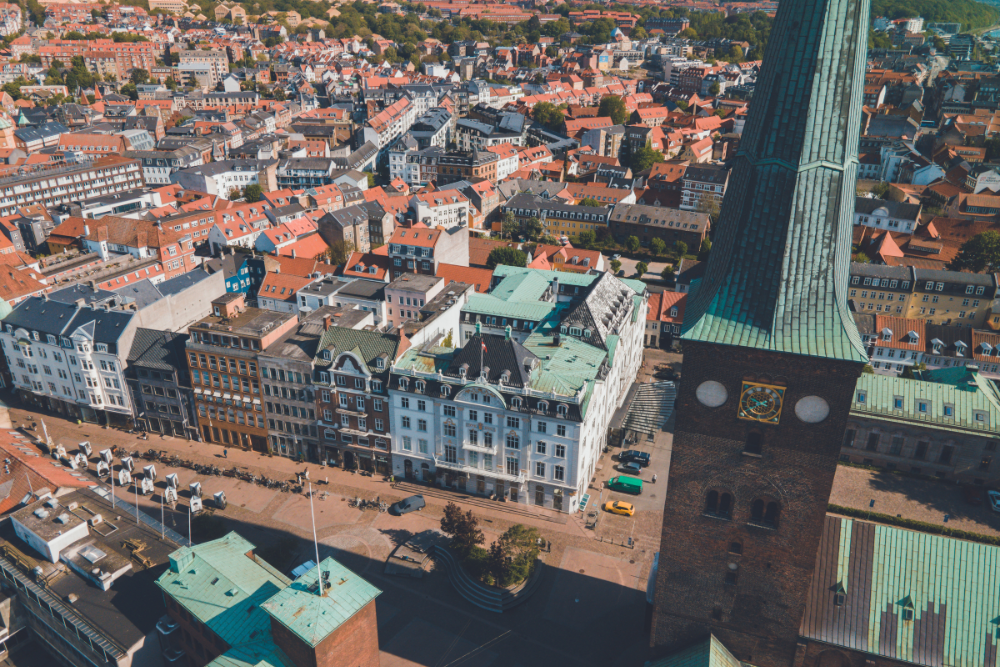Nestled along the east coast of the Jutland Peninsula, Aarhus is Denmark’s second-largest city and a dynamic cultural hub that seamlessly blends its rich historical heritage with modern innovation. Often overshadowed by Copenhagen, Aarhus has grown into a leading destination for art, design, music, and food, offering something for every kind of traveler. In 2017, Aarhus was honored as the European Capital of Culture, a recognition that highlights the city’s impressive cultural scene, and it continues to live up to this title with new and exciting cultural experiences.
Here’s a guide to exploring Aarhus, a city where old meets new, offering a wealth of museums, vibrant neighborhoods, outdoor spaces, and cutting-edge dining.
1. Aarhus’ Rich History: From Viking Roots to Modern Metropolis
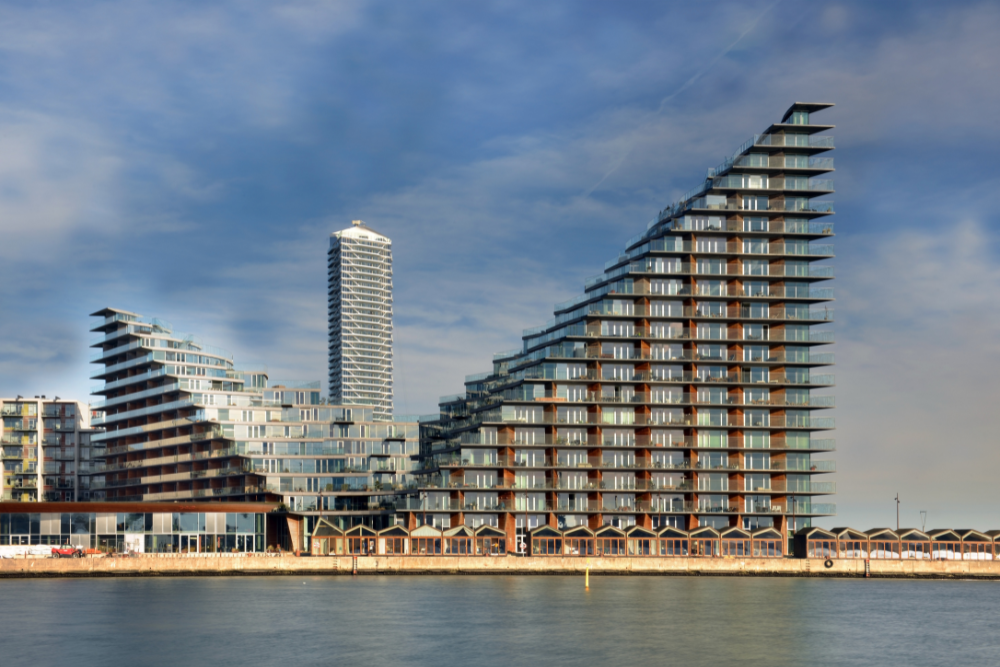
Aarhus’ history stretches back over a thousand years, making it one of Denmark’s oldest cities. Originally founded as a Viking settlement, Aarhus boasts numerous historical sites that transport visitors to the city’s early days.
- What to see:
- The Aarhus Viking Museum, located in the city center, is an interactive museum that showcases Aarhus’ Viking heritage, with exhibits of Viking tools, weapons, and artifacts.
- The Den Gamle By (The Old Town) is an open-air museum that recreates life in Denmark during the 19th and early 20th centuries. The museum features authentic buildings, workshops, and living history displays.
- Aarhus Cathedral (Aarhus Domkirke), one of Denmark’s largest and most impressive cathedrals, dates back to the 12th century and is a remarkable example of Gothic architecture.
- Best time to visit: Year-round, with warmer months providing the best opportunity to explore outdoor historical sites like Den Gamle By.
2. Aarhus’ Cultural Scene: Museums, Art, and Music
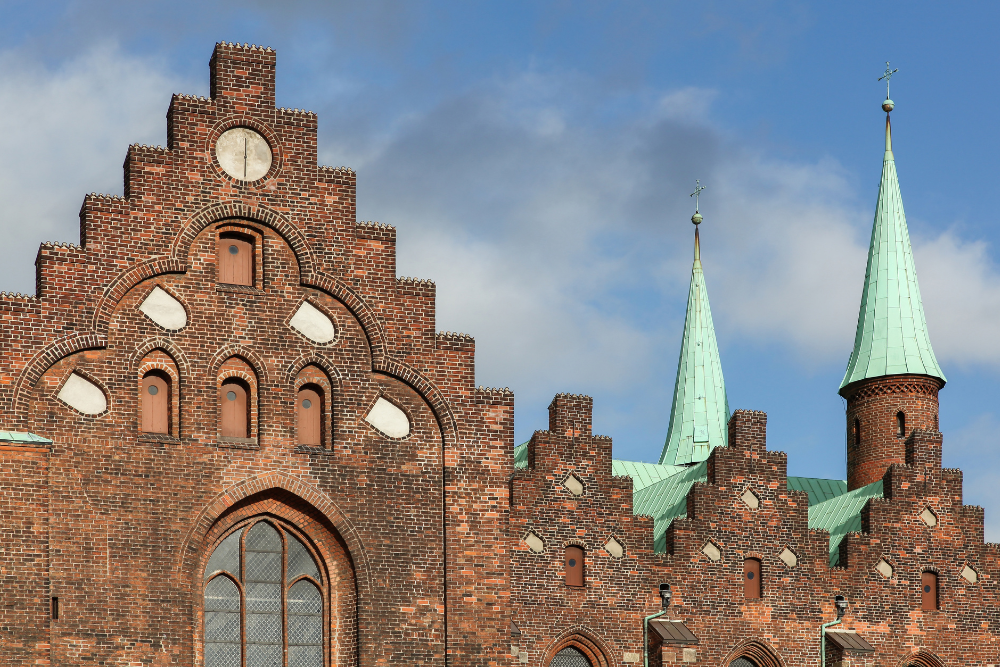
Aarhus is a mecca for art and culture lovers, with a wide variety of world-class museums, galleries, and performance spaces. As the European Capital of Culture, the city has invested heavily in cultural infrastructure, making it a must-visit for contemporary art enthusiasts.
- What to see:
- ARoS Aarhus Art Museum is one of Denmark’s largest and most renowned art museums, famous for its Your Rainbow Panorama, a circular, glass walkway that offers a panoramic view of the city through colored glass. The museum’s exhibitions span modern and contemporary art, with works by both Danish and international artists.
- Kunsthal Aarhus is a cutting-edge contemporary art space that hosts temporary exhibitions, artist talks, and performances, showcasing emerging talent and avant-garde pieces.
- Musikhuset Aarhus is a state-of-the-art concert hall that hosts a range of musical performances, from classical orchestras to contemporary bands. Aarhus is also home to a thriving local music scene, particularly in the genres of jazz and electronic music.
- Best time to visit: Summer and autumn for outdoor festivals and art exhibitions, though the city’s cultural scene is active year-round.
3. Modern Architecture and Design

Aarhus is a city where sleek, modern architecture stands alongside historic buildings, creating an exciting contrast. The city is also a major center for design and innovation, with its focus on sustainability and creative architecture.
- What to see:
- The Dokk1 building, located at the city’s waterfront, is one of the most iconic examples of modern architecture in Aarhus. It serves as the city library, a cultural center, and a civic hub. Its striking, futuristic design is a must-see.
- The Iceberg is an impressive residential complex on the harbor, characterized by its angular, iceberg-like structure. It’s a perfect example of Aarhus’ commitment to innovative urban design.
- Vestre Fjordpark, a modern waterfront park, blends nature with contemporary architecture, offering a peaceful place to walk or bike along the water with beautiful views of the city and the harbor.
- Best time to visit: Spring and summer, when you can fully appreciate the modern cityscape and spend time at the waterfront parks and design hubs.
4. Food and Drink: Culinary Delights in Aarhus

Aarhus’ food scene has been gaining international attention, with a mix of traditional Danish cuisine and innovative modern dining. The city is known for its focus on high-quality ingredients, sustainability, and an emerging gastronomic culture.
- What to try:
- Nordisk Spisehus is a popular restaurant known for its Nordic fine dining, offering seasonal dishes that celebrate local produce and Scandinavian flavors.
- Restaurant Domestic is one of Aarhus’ Michelin-starred dining spots, where locally sourced ingredients are turned into exquisite, imaginative dishes.
- For a more casual experience, head to Frokostmarkedet (The Lunch Market) at Aarhus Street Food, where you’ll find an eclectic mix of food stalls serving everything from international street food to Danish smørrebrød (open-faced sandwiches).
- Aarhus is also home to a range of cozy cafés serving Danish pastries, such as kanelsnegl (cinnamon rolls) and wienerbrød (Danish butter pastries).
- Best time to visit: Summer and fall for seasonal, locally grown ingredients, and the wide range of food festivals hosted in the city.
5. Outdoor Spaces: Parks and Beaches in Aarhus
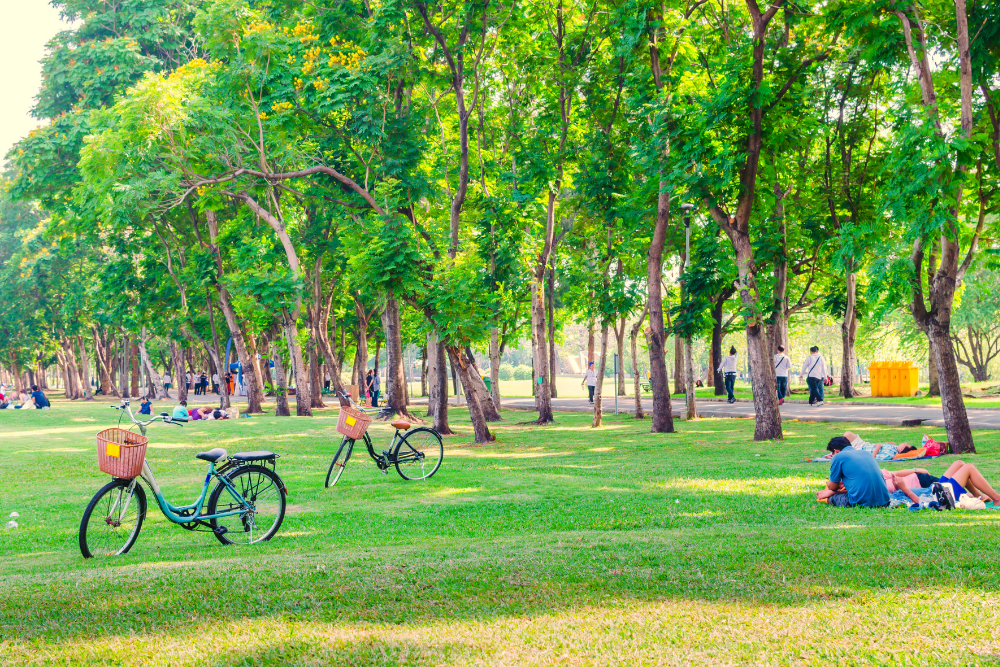
Despite being an urban hub, Aarhus is also rich in green spaces and outdoor attractions. From tranquil parks to stunning coastal views, the city offers plenty of opportunities to enjoy nature.
- What to see:
- Marselisborg Forests and Mindeparken are two large parks in the city, offering a peaceful retreat just a short distance from the city center. You can enjoy walking, cycling, or relaxing in nature here.
- Den Permanente Beach is a popular local beach located close to the city center, where you can relax by the sea and enjoy the Danish summer.
- The Botanical Gardens, located near the city’s center, offer beautifully landscaped gardens, walking paths, and a tropical greenhouse. It’s a great place to unwind and connect with nature.
- Best time to visit: Summer for the best weather to enjoy the beaches and outdoor parks, but spring and autumn also provide a quieter, scenic atmosphere.
Conclusion
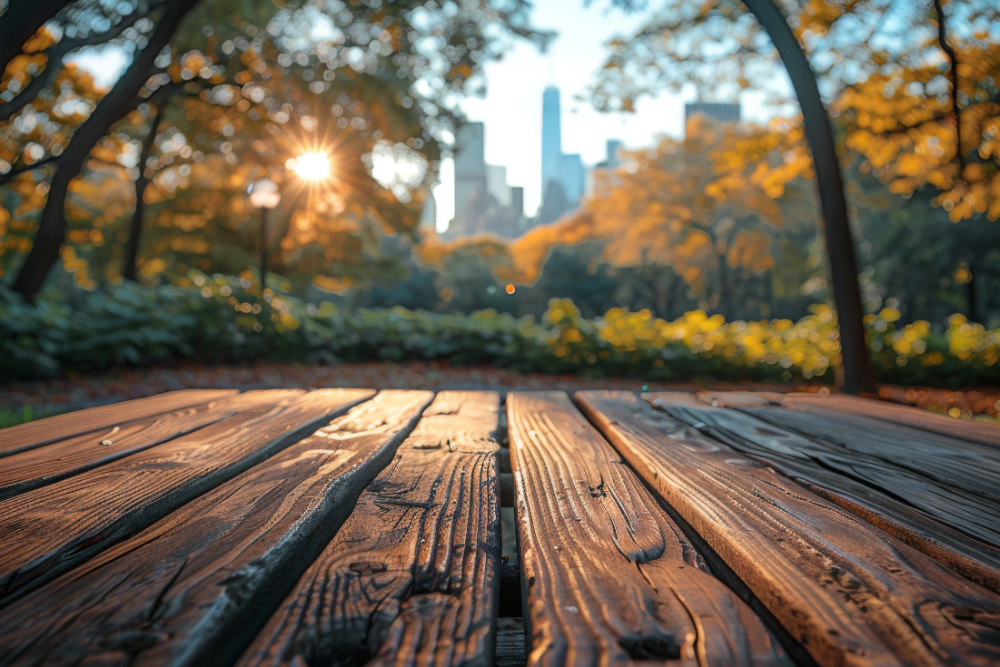
Aarhus is a city that truly offers the best of both worlds. It has a rich cultural history, from its Viking roots to its medieval architecture, but it also embraces modern innovation in art, architecture, and food. With its vibrant festivals, world-class museums, and beautiful green spaces, Aarhus is a destination that caters to all kinds of travelers. Whether you’re exploring the city’s cultural treasures, dining at Michelin-starred restaurants, or enjoying its parks and beaches, Aarhus stands as a true European cultural gem, making it an ideal place to visit and experience the heart of Denmark.



